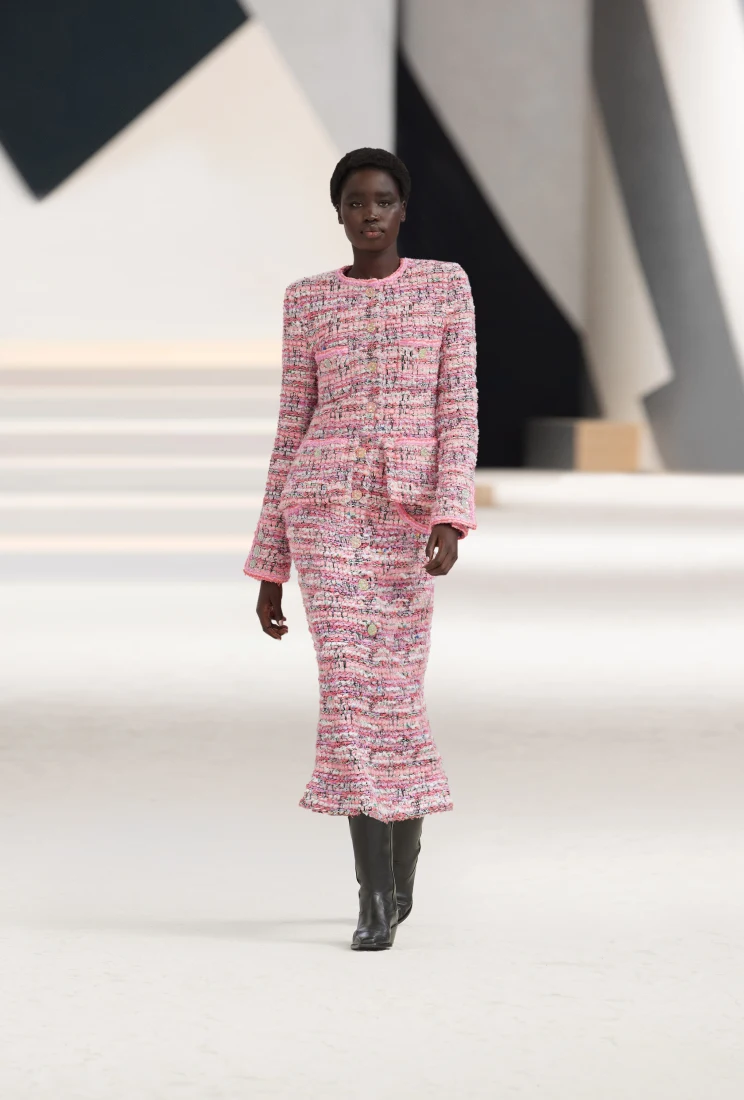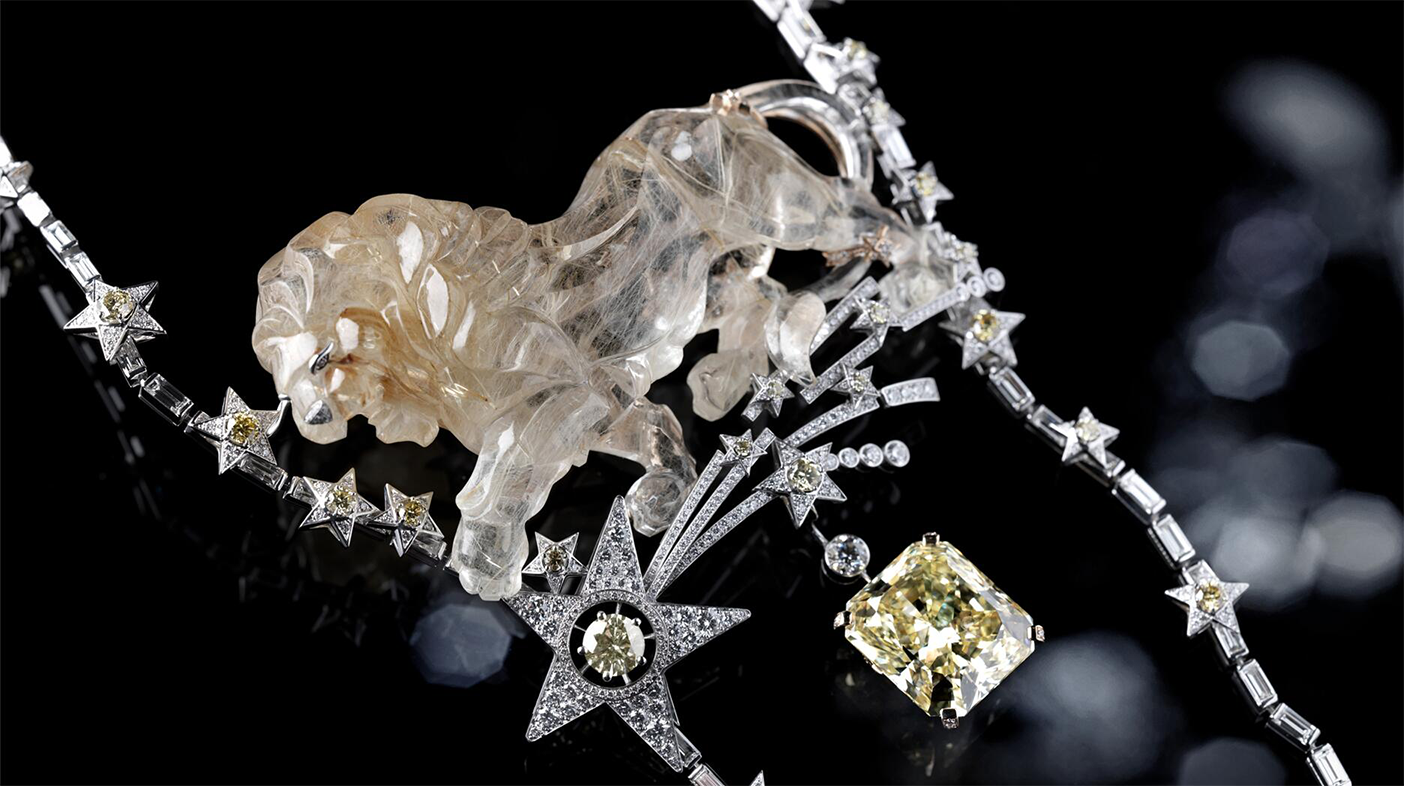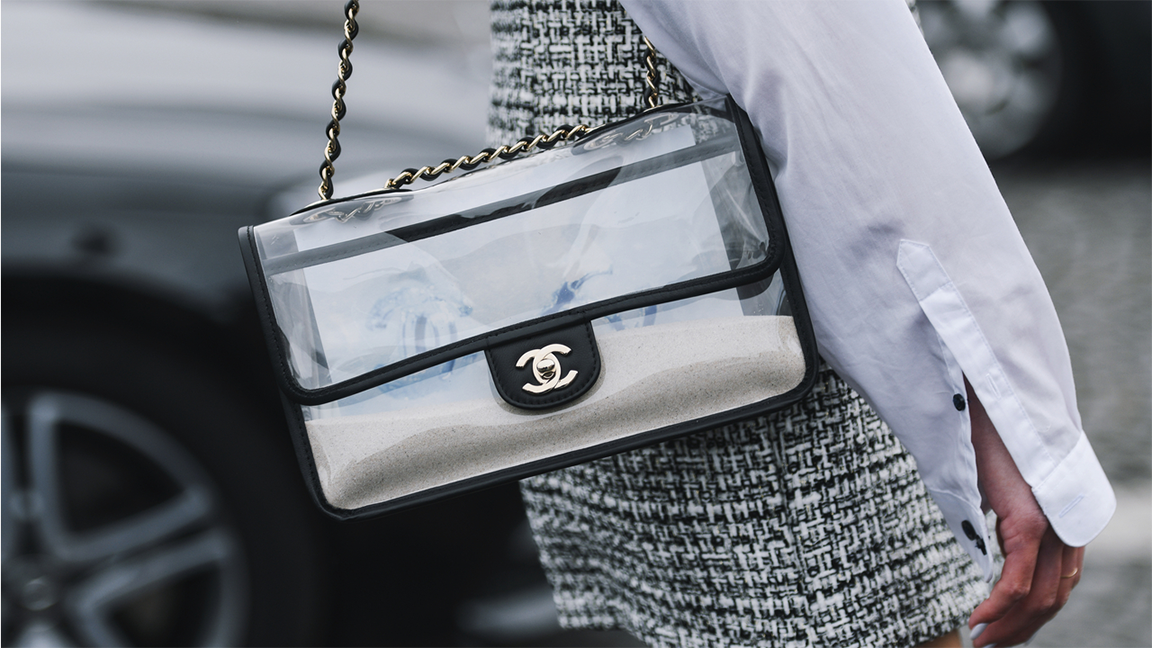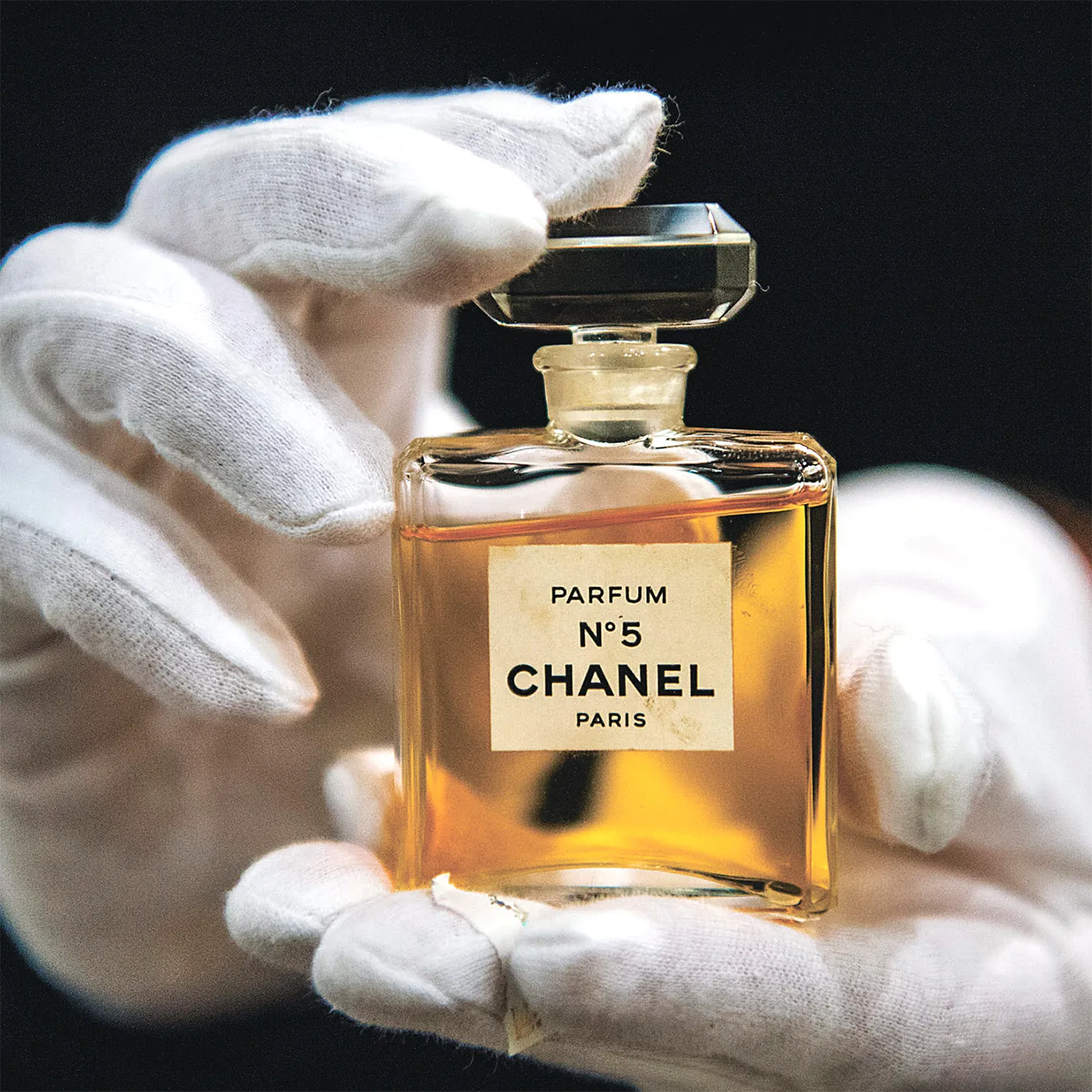 CORPORATE IDENTITY
HISTORY
COCO CHANEL
PRODUCTS
CORPORATE IDENTITY
HISTORY
COCO CHANEL
PRODUCTS

First introduced in 1923, the Chanel tweed suit was designed for comfort and practicality. It consisted of a jacket and skirt in supple and light wool or mohair tweed, and a blouse and jacket lining in jersey or silk. Chanel did not stiffen the material or use shoulder pads, as was common in contemporary fashion. She cut the jackets on the straight grain, without adding bust darts. This allowed for quick and easy movement. She designed the neckline to leave the neck comfortably free and added functional pockets. For a higher level of comfort, the skirt had a grosgrain stay around the waist, instead of a belt.

In 1926, the American edition of Vogue published an image of a Chanel little black dress with long sleeves, dubbing it the garçonne ('little boy' look). Vogue predicted that such a simple yet chic design would become a virtual uniform for women of taste, famously comparing its basic lines to the ubiquitous and no less widely accessible Ford automobile. The spare look generated widespread criticism from male journalists, who complained: "no more bosom, no more stomach, no more rump ... Feminine fashion of this moment in the 20th century will be baptized lop off everything."

Chanel introduced a line of jewelry that was a conceptual innovation, as her designs and materials incorporated both costume jewellery and fine gem stones. This was revolutionary in an era when jewelry was strictly categorized into either fine or costume jewelry. Her inspirations were global, often inspired by design traditions of the Orient and Egypt. Wealthy clients who did not wish to display their costly jewelry in public could wear Chanel creations to impress others.

In 1929, Chanel introduced a handbag inspired by soldiers' bags. Its thin shoulder strap allowed the user to keep her hands free. Following her comeback, Chanel updated the design in February 1955, creating what would become the "2.55" (named for the date of its creation). Whilst details of the classic bag have been reworked, such as the 1980s update by Karl Lagerfeld when the clasp and lock were redesigned to incorporate the Chanel logo and leather was interlaced through the shoulder chain, the bag has retained its original basic form.

Chanel No. 5 was the first perfume launched by French couturier Gabrielle "Coco" Chanel in 1921. The scent formula for the fragrance was compounded by French-Russian chemist and perfumer Ernest Beaux. The design of its bottle has been an important part of the product's branding. Coco Chanel was the first face of the fragrance, appearing in the advertisement published by Harper's Bazaar in 1937.